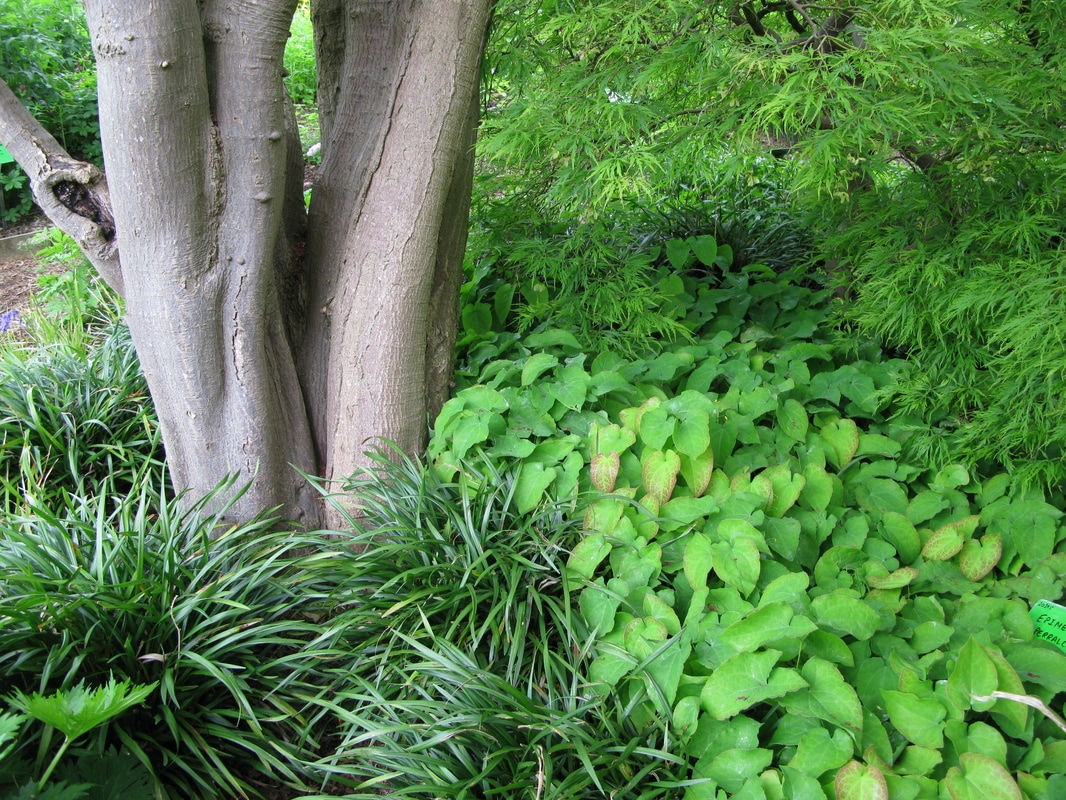|
If you are planning to redesign your garden, either yourself or with the help of a garden designer, making a few assessments up front will help to make the best decisions. Here are a few of the most important ones.
0 Comments
In Spring 2017 I set about turning a small unhappy front garden in South Bristol into something that would look as cheerful as possible the whole year round. The garden is directly North-facing; although this means it receives almost no direct sunlight, it benefits from being sheltered from harsh winds and driving rain. North-facing gardens, often thought to be difficult, actually have lots of advantages.
Today is the first day of the '30 Days Wild' challenge. Created by The Wildlife Trusts, this annual event challenges people to do something wild every day in June, inspiring and increasing our connection to nature. When I signed up last month I knew there was a complication: my dog was due a major knee operation at the end of May, requiring strict rest and constant supervision. At the very time of year we're itching to be out in the woods and wild places, we're housebound.
On a cold and grey February day I visited Hanham Court Gardens, Bristol, for the first time. Created over a twenty year period by designers and former owners Julian and Isabel Bannerman, it is a magical place full of beauty and eccentricity. And it set me to pondering what it is that turns an ordinary garden into a place of enchantment. As labels go, 'ground cover' doesn't rank high for excitement. It sounds utilitarian: soaking up pollution in car-parks, or hiding parts of the garden you can't do anything with. But its name belies its potential loveliness. Ground cover plants survive and even thrive in challenging situations. This can apply, for instance, to the ground below deciduous trees. Trees can take up most of the moisture and nutrients from the soil, and cast shade for much of the year.
|
AuthorCaroline Butler is a garden designer based in Bristol Archives
October 2018
Categories |




